In the world of footwear, some buyers face a dilemma when choosing between synthetic leather shoes and those made from genuine leather. Both options offer their own set of advantages and disadvantages. In this article, we will explore the features, benefits, and drawbacks of both synthetic leather shoes and leather footwear, helping you make an informed decision for your feet. Synthetic Leather Shoes: Synthetic leather is a man-made material that closely resembles genuine leather in appearance and texture. It is usually made from a combination of plastic and synthetic fibers, including polyvinyl chloride (PVC) or polyurethane (PU). Advantages: 1. Affordability – Synthetic leather shoes are generally more affordable compared to their leather counterparts, making them an attractive option for budget-conscious buyers.
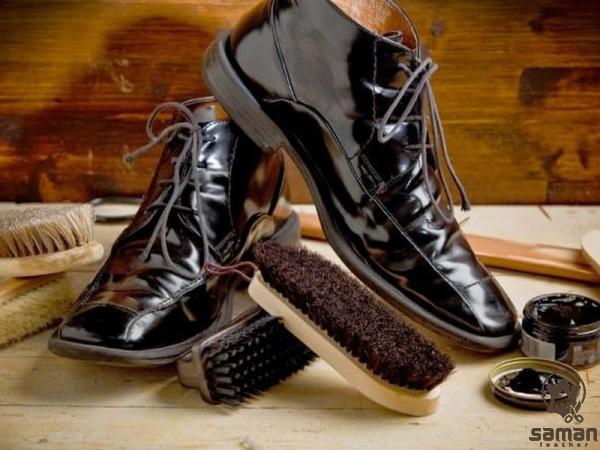
.
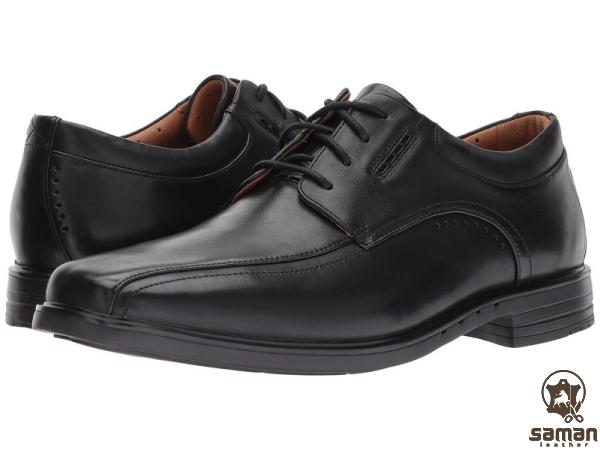 2. Animal-friendly – For those concerned about animal welfare, synthetic leather serves as a cruelty-free alternative to leather shoes. 3. Durability – Synthetic leather shoes are known to be highly durable, especially when reinforced with additional layers. They are less prone to scuffing, tearing, or wearing out, making them suitable for everyday use. Disadvantages: 1. Breathability – Synthetic materials are less breathable than natural fibers such as leather. This can lead to foot discomfort, especially during prolonged wear or in hot weather conditions. 2. Less patina development – Unlike leather, synthetic materials lack the ability to age and develop a unique patina over time. This characteristic is valued by many leather shoe enthusiasts. 3. Environmental impact – The production of synthetic materials involves the use of chemicals and petroleum derivatives, contributing to environmental concerns.
2. Animal-friendly – For those concerned about animal welfare, synthetic leather serves as a cruelty-free alternative to leather shoes. 3. Durability – Synthetic leather shoes are known to be highly durable, especially when reinforced with additional layers. They are less prone to scuffing, tearing, or wearing out, making them suitable for everyday use. Disadvantages: 1. Breathability – Synthetic materials are less breathable than natural fibers such as leather. This can lead to foot discomfort, especially during prolonged wear or in hot weather conditions. 2. Less patina development – Unlike leather, synthetic materials lack the ability to age and develop a unique patina over time. This characteristic is valued by many leather shoe enthusiasts. 3. Environmental impact – The production of synthetic materials involves the use of chemicals and petroleum derivatives, contributing to environmental concerns.
..
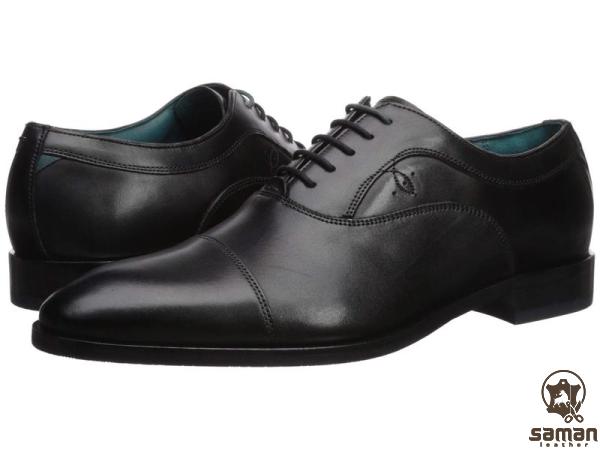 Recycling options for synthetic leather are also limited compared to genuine leather. Leather Shoes: Genuine leather has been widely used for centuries due to its inherent qualities and timeless appeal. It is made from the hides of animals such as cattle, sheep, or goats. Advantages: 1. Superior breathability – Leather has natural pores that allow for better air circulation, keeping the feet cool and minimizing sweating and odor. 2. Comfort and fit – Leather shoes tend to mold to the wearer’s feet, providing a more personalized and comfortable fit over time. 3. Aesthetic appeal – Leather shoes exude an aura of sophistication and timelessness that synthetic materials often struggle to match. They can enhance any outfit, be it formal or casual. Disadvantages: 1. Cost – Leather shoes are usually more expensive than synthetic alternatives due to the higher production costs and the use of genuine animal hides.
Recycling options for synthetic leather are also limited compared to genuine leather. Leather Shoes: Genuine leather has been widely used for centuries due to its inherent qualities and timeless appeal. It is made from the hides of animals such as cattle, sheep, or goats. Advantages: 1. Superior breathability – Leather has natural pores that allow for better air circulation, keeping the feet cool and minimizing sweating and odor. 2. Comfort and fit – Leather shoes tend to mold to the wearer’s feet, providing a more personalized and comfortable fit over time. 3. Aesthetic appeal – Leather shoes exude an aura of sophistication and timelessness that synthetic materials often struggle to match. They can enhance any outfit, be it formal or casual. Disadvantages: 1. Cost – Leather shoes are usually more expensive than synthetic alternatives due to the higher production costs and the use of genuine animal hides.
…
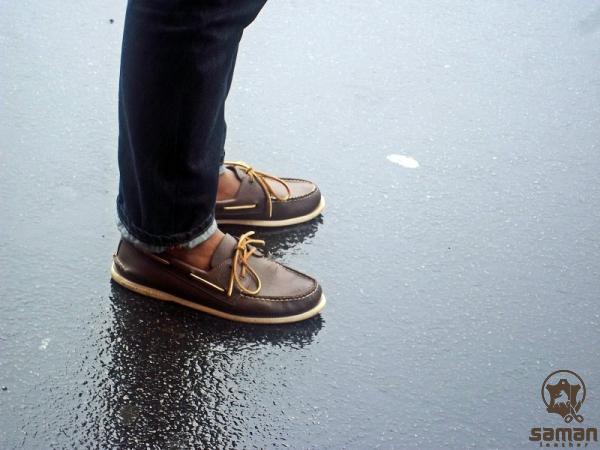 2. Maintenance – Leather shoes require regular maintenance and care to ensure longevity. This includes proper cleaning, conditioning, and occasional polishing to prevent drying, cracking, or discoloration. 3. Vulnerability to external factors – Leather is susceptible to water damage, stains, and sun exposure. Special attention must be paid to protect them from the elements to maintain their appearance and integrity. Conclusion: Ultimately, the choice between synthetic leather shoes or genuine leather footwear depends on your personal preferences, budget, and ethical considerations. While synthetic leather offers affordability and durability, leather provides superior breathability, comfort, and a timeless aesthetic. Assess your needs and priorities to make an informed decision that meets your requirements for style, comfort, and sustainability.
2. Maintenance – Leather shoes require regular maintenance and care to ensure longevity. This includes proper cleaning, conditioning, and occasional polishing to prevent drying, cracking, or discoloration. 3. Vulnerability to external factors – Leather is susceptible to water damage, stains, and sun exposure. Special attention must be paid to protect them from the elements to maintain their appearance and integrity. Conclusion: Ultimately, the choice between synthetic leather shoes or genuine leather footwear depends on your personal preferences, budget, and ethical considerations. While synthetic leather offers affordability and durability, leather provides superior breathability, comfort, and a timeless aesthetic. Assess your needs and priorities to make an informed decision that meets your requirements for style, comfort, and sustainability.
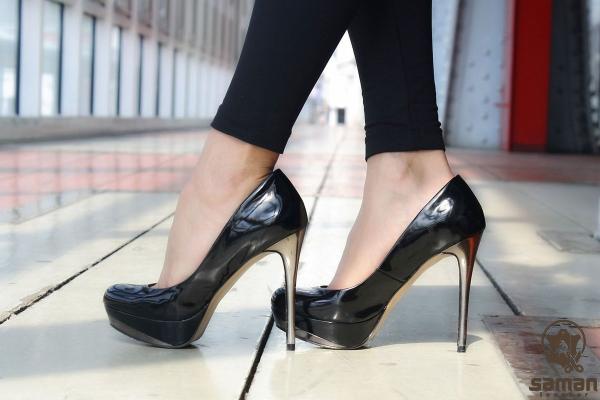
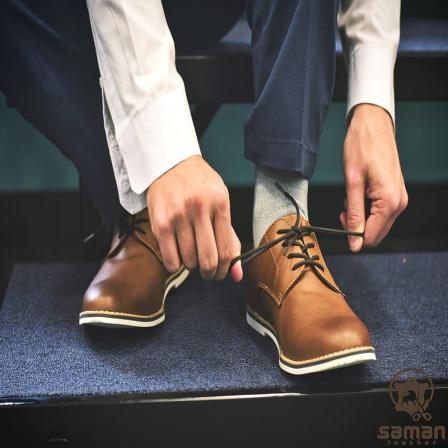
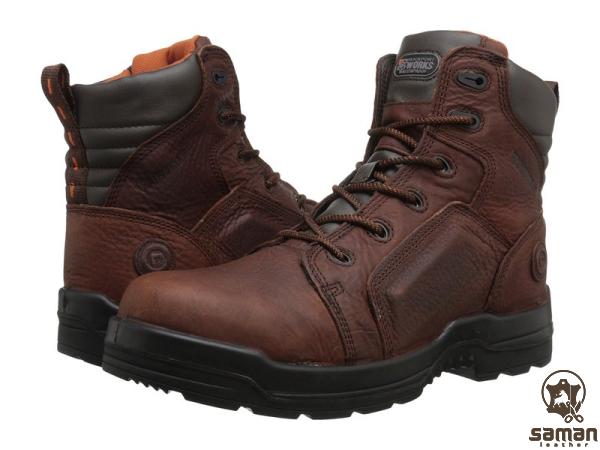
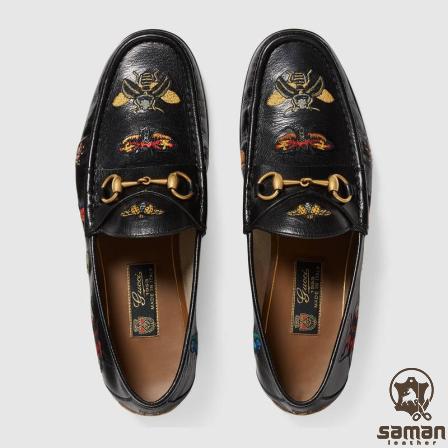

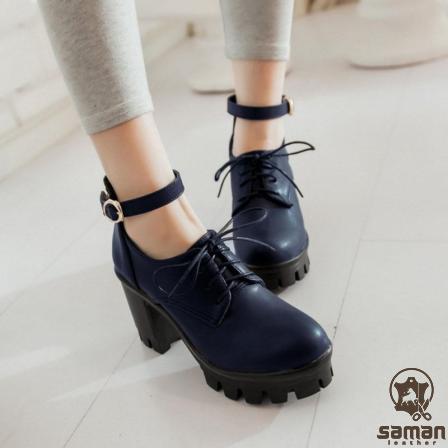
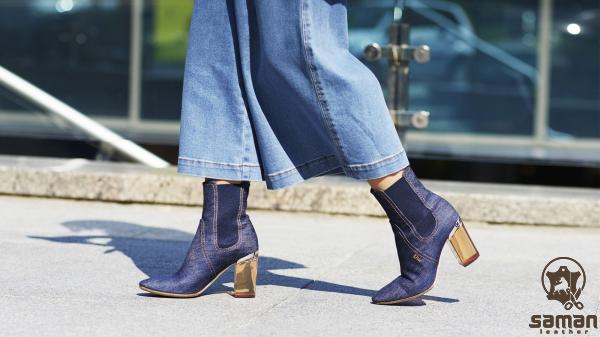

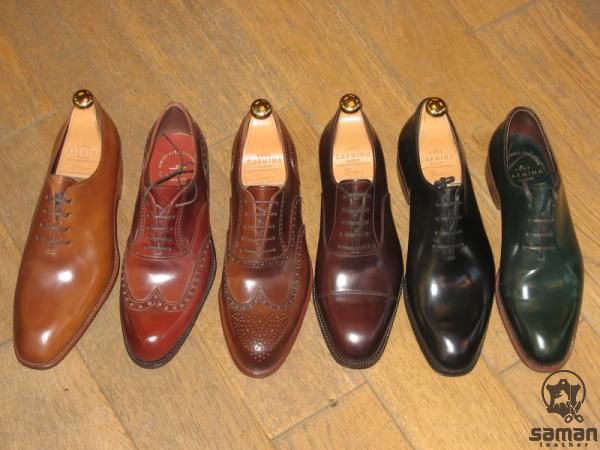

Your comment submitted.